To commemorate, here's a few of my favourite pics that haven't gotten the views I would've liked.
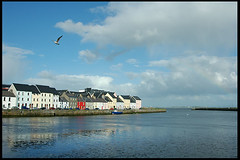
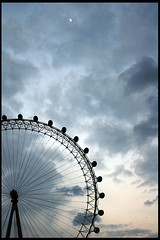
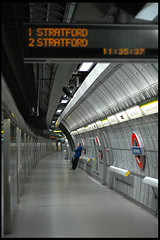
The infrequent ramblings and findings of a former suitcase-living, hotel-room dwelling digital nomad.




For some reason, despite all my best efforts - it seems my flower shots seem to rise to the top of the pile. Although my current views for new photos are much higher than they used to be, it seems that if I slip one in there while I'm shooting other things it tends to draw more views and more comments than a comparative shot. This is now the "Most Favourited" of all my pictures.
I think perhaps the Flickr thumbnail syndrome contributes to this - a really saturated, simple image will grab peoples attention, while a more subtle pic will not.
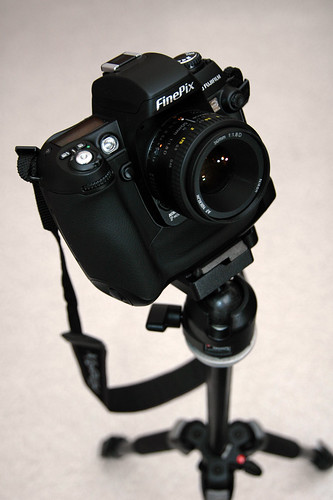
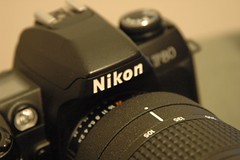
I traded my old Pentax MZ-M and lenses to pay for most of this F80. It's in near perfect condition and barely a mark on the film guides, so I'd doubt if more than a dozen rolls of film had passed through it.
You can also see the base of my Nikkor 80-200 f/2.8D AF lens which I purchased a few weeks ago as well.
I'm very happy with the progress I'm making taking photos and getting used to my camera inside and out. I'm now shooting RAW+Fine all the time - the jpegs go to Flickr, the RAW files to my backup drives.
This shot was in really poor light with a thin DOF, but think I did pretty well. I need to correct the WB, but I like the shot. I'm also getting much more used to the other useful functions like bracketing and exposure compensation and there are a few examples posted from yesterday.
I'm also pleased the F80 is nearly the same in function to the D70, so even sans manual I was able to figure most of it out. It will come in handy when shooting weddings for friends in that I won't have to swap lens as often with 2x the cameras.
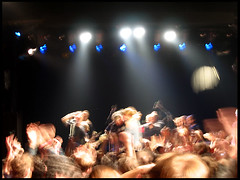
Flickr has added 'Most Interesting' using an algorithm of comments and most favourited.
This one is my #2 and #3 (I added it twice when I was a non-Pro user) so I think this would actually be my #1
Memories of GBV in New York...
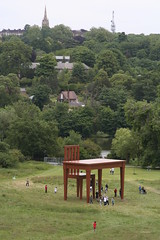
This weekend I'll make my way up to Hampstead Heath with my camera to pay a visit to 'The Writer' a scupture (temporarily) installed near Parliament Hill.
As you can tell, it's a simple desk - made in ridiculously large proportions. Personally I think it's quite neat and all those straight lines will appeal to my sense of architecture. You can also read The Guardian Article, view some nice photos or view the Flickr tag for it.
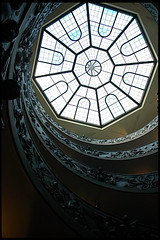 Vatican Museum - Giuseppe Momo, 1932 | 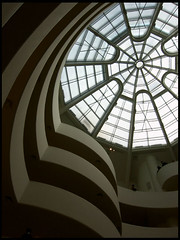 New York Guggenheim - Frank Lloyd Wright, 1957 |
| My friend Allan was kind enough to give a Flickr Pro account to me. I recently started the process of identifying my best shots for my new Flickr set and recalled that when I was in Rome, I noticed a stark similarity between the circular staircase in the Vatican museum and the New York Guggenheim. There's no point beyond that really, aside from the joy of recognising great architecture in different places. But now that I've started, I recall a few other architectural coincidences I've come across, which I'll try to add in the future. | |
